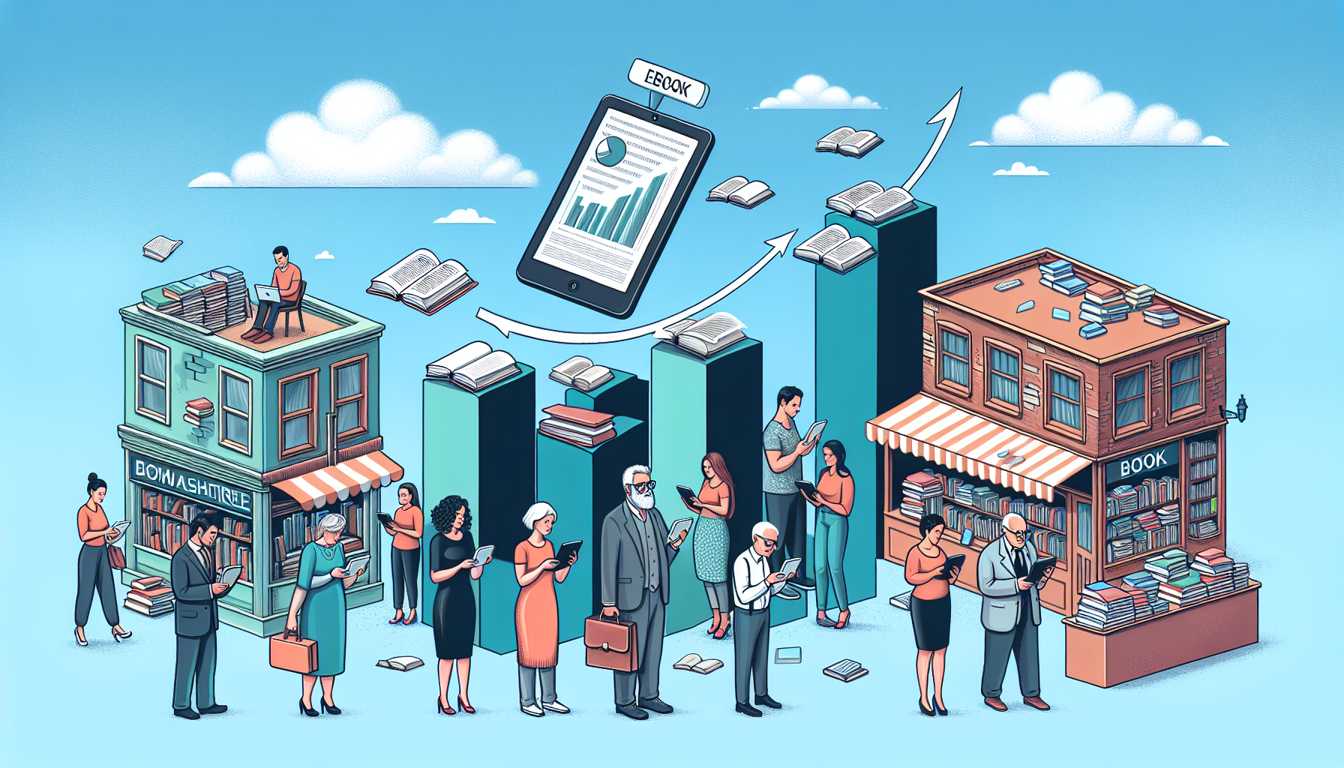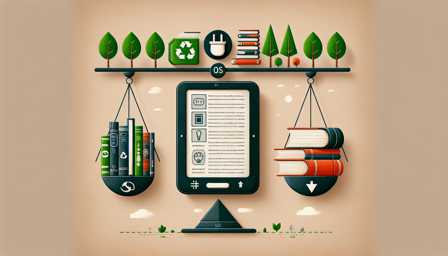
How E-Readers Have Transformed the Publishing Industry
E-readers have brought about a significant change in the way we read and engage with literature, thereby transforming the publishing landscape entirely. These digital devices like Amazon’s Kindle, Barnes & Noble’s Nook, and Kobo offer a modern, convenient way to access and consume books. They have transformed the publishing industry in numerous ways, including how books are produced, distributed, sold, and consumed.
Production and Distribution
Traditionally, the publication process was quite expensive and labor-intensive, involving printing, binding, warehousing, and shipping. However, with the advent of e-readers, the costs associated with physical books have been drastically reduced.
E-books do not require physical materials or storage space. Any number of copies can be instantly produced and distributed globally at minimal cost. This has enabled a significant expansion of the market, including self-publishing. Now, anyone can publish a book without bearing the high costs typically associated with traditional publishing.
Platforms like Amazon Kindle Direct Publishing (KDP) have emerged as significant players in this new publishing landscape. With KDP, authors can publish their work on their own and make it available to a global audience within minutes.
Accessibility and Portability
One of the key transforming features brought about by e-readers is the convenience and accessibility they offer. With a single e-reader, users can carry thousands of books wherever they go. This has changed reading habits, making it more convenient and accessible to read anytime and anywhere.
Moreover, e-readers like Kindle, Nook, and Kobo offer features such as adjustable font size and style, background color, and built-in lighting, making reading more accessible for a wide range of readers, including those with visual impairments.
Sales and Pricing
E-reader platforms usually offer books at lower prices compared to printed versions due to the reduction in production and distribution costs. Furthermore, they often propose frequent deals and discounts, enhancing affordability for readers and expanding the market for authors and publishers.
Moreover, the ability to provide sample chapters and immediate purchases have made buying books easier and more impulsive, ultimately benefiting sales.
New Ways to Engage with Readers
The digital nature of publishing in the era of e-readers has also transformed the ways authors and publishers can interact with readers. Through e-book platforms, authors can receive immediate feedback via reviews, ratings, and comments. They can also use analytics to understand reader behavior and preferences better, enhancing their marketing and production strategies.
Furthermore, interactive elements such as hyperlinks and multimedia can be incorporated into e-books, providing an enriched reading experience and opening up new creative avenues for authors and publishers.
Conclusion
E-readers have undeniably revolutionized the publishing industry, opening a new chapter in the world of literature. By reducing barriers and costs, they have democratized the publishing process, giving rise to an era where anyone can become an author. They have increased accessibility and affordability of books, bringing reading into the digital age.
However, while the popularity of e-books continues to rise, physical books still hold a unique charm and nostalgia for many readers. The future will likely see a continued co-existence of these two formats, each catering to different preferences and reading experiences.



